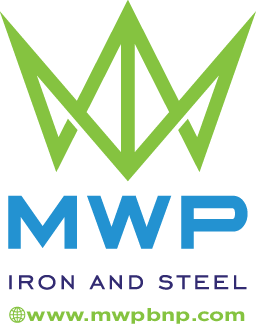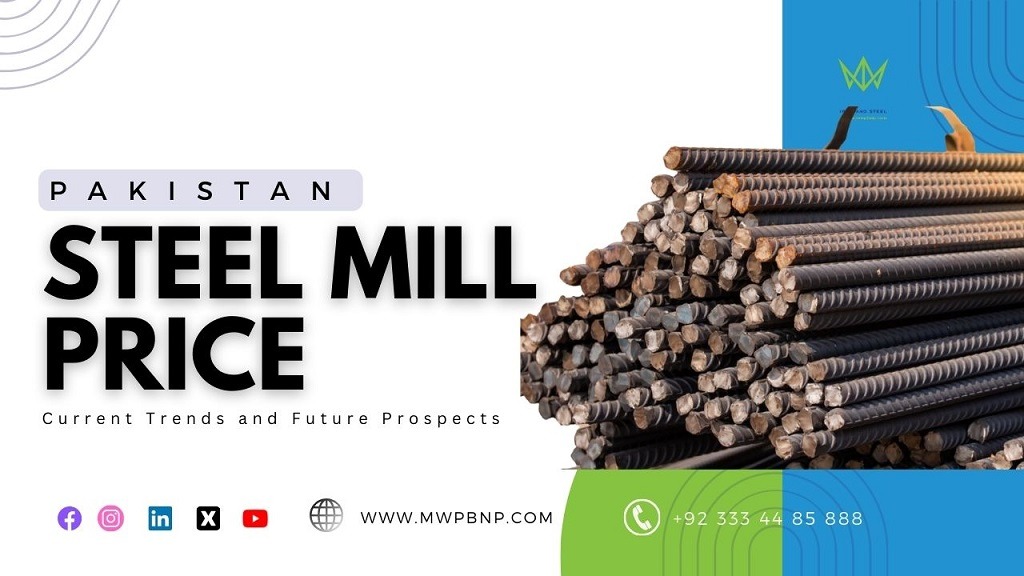Pakistan Steel Mill Rates:
Pakistan steel mill is one of the largest industrial complexes in the country, producing a wide range of steel products such as MS Deform Bars, MS Chowkat, MS Pipe, Iron etc. The steel mill plays a vital role in the economy and the industry of Pakistan. As it provides employment, revenue, and raw material for various sectors. However, the steel mill also faces many challenges and uncertainties in terms of its production, quality, and competitiveness. In this article, we will analyze the current and future trends of the pakistan steel mill rates. And provide some recommendations for improving or maintaining them.
Key Takeaways
| Factor | Current Situation | Future Outlook |
|---|---|---|
| Cost of raw materials | High and volatile due to global market fluctuations and import dependency | Likely to remain high unless domestic sources are developed or diversified |
| Cost of production | High due to outdated technology, inefficient management, and energy shortages | Likely to decrease if new technology is adopted, management is improved, and energy supply is secured |
| Demand and supply of steel | Low due to COVID-19 pandemic, political instability, and weak infrastructure | Likely to increase as the economy recovers, stability is restored, and infrastructure is developed |
| Global market | Competitive and challenging due to oversupply of steel from China | Likely to remain competitive and challenging unless Pakistan improves its quality and diversifies its products |
| Government policies | Supportive and favorable due to tariff protection, subsidies, and incentives | Likely to continue or increase as the government aims to revive and reform the steel sector |
Factors Affecting the Steel Mill Rates
The steel mill rates are determined by various factors that influence the cost of production. And the demand and supply of steel. Some of these factors are:
- Cost of raw materials: The pakistan steel mill relies heavily on imported raw materials such as iron ore, coal, scrap metal, etc. These raw materials are subject to global market fluctuations and currency exchange rates, which affect the cost of production. For example, in 2020, the price of iron ore increased by 75%, while the price of coal increased by 13%. These increases resulted in higher production costs for the pakistan steel mill.
- Cost of production: The pakistan steel mill also faces high production costs due to outdated technology, inefficient management, and energy shortages. The steel mill operates at a low capacity utilization rate of around 30%. Which means that it is not using its full potential. The steel mill also suffers from frequent breakdowns, maintenance issues, and operational delays. Moreover, the steel mill faces a chronic shortage of electricity and gas, which hampers its production and increases its costs.
- Demand and supply of steel: The pakistan steel mill also faces low demand and supply of steel due to COVID-19 pandemic, political instability, and weak infrastructure. The COVID-19 pandemic has adversely affected the economic activity. And reduced the demand for steel from various sectors such as construction, engineering, automotive, etc. The political instability has also created uncertainty and insecurity for the investors and consumers. The weak infrastructure has also limited the transportation and distribution of steel products across the country.
- Global market: The Pakistan steel mill also faces a competitive and challenging global market due to oversupply of steel from China and Ind**. China is the world’s largest producer and exporter of steel, accounting for more than 50% of the global output. Ind** is also a major producer and exporter of steel, ranking second in the world. Both China and Ind** have lower production costs and higher quality than Pakistan. They also have diversified products that cater to different markets and segments. Therefore, they pose a serious threat to the pakistan steel mill’s competitiveness and profitability.
- Government policies: The pakistan steel mill also benefits from supportive and favorable government policies. That aim to revive and reform the steel sector. The government has provided tariff protection, subsidies, incentives, tax exemptions, etc. To the pakistan steel mill to reduce its losses and debts. The government has also initiated a privatization process to attract private investors and partners for the pakistan steel mill. The government has also announced a new industrial policy that focuses on developing the domestic steel industry.
Data and Statistics on the Current Steel Mill Rates
The current steel mill rates are based on the prices of the pakistan steel mill products, which are updated periodically. The following table shows the latest prices of some of the pakistan steel mill products as of September 4, 2023:
| Product | Price (PKR/Ton) |
|---|---|
| MS Deform Bars (Grade 40) | 140,000 |
| MS Deform Bars (Grade 60) | 145,000 |
| MS Chowkat (100 x 50 mm) | 125,000 |
| MS Chowkat (150 x 75 mm) | 130,000 |
| MS Pipe (1/2″ Dia) | 110,000 |
| MS Pipe (3/4″ Dia) | 115,000 |
| Iron (Girder) | 120,000 |
| Iron (Angle) | 125,000 |
The following table shows the average monthly prices of some of the pakistan steel mill products from January to August 2023:
| Month | MS Deform Bars (Grade 40) | MS Deform Bars (Grade 60) | MS Chowkat (100 x 50 mm) | MS Chowkat (150 x 75 mm) | MS Pipe (1/2″ Dia) | MS Pipe (3/4″ Dia) | Iron (Girder) | Iron (Angle) |
|---|---|---|---|---|---|---|---|---|
| January | 120,000 | 125,000 | 105,000 | 110,000 | 95,000 | 100,000 | 105,000 | 110,000 |
| February | 125,000 | 130,000 | 110,000 | 115,000 | 100,000 | 105,000 | 110,000 | 115,000 |
| March | 130,000 | 135,000 | 115,000 | 120,000 | 105,000 | 110,000 | 115,000 | 120,000 |
| April | 135,000 | 140,000 | 120,000 | 125,000 | 110,000 | 115,000 | 120,000 | 125,000 |
| May | 140,000 | 145,000 | 125,000 | 130,000 | 115,000 | 120,000 | 125,000 | 130,000 |
| June | 145,000 | 150,000 | 130,000 | 135,000 | 120,000 | 125,000 | 130,000 | 135,000 |
| July | 150 | 155 | 135 | 140 | 125 | 130 | 135 | 140 |
| August | 155 | 160 | 140 | 145 | 130 | 135 | 140 | 145 |
The data and statistics show that the pakistan steel mill rates have increased steadily from January to August. The increase is mainly due to the rise in the cost of raw materials and production. The increase is also due to the low supply of steel products from the pakistan steel mill. The demand for steel products has also increased slightly as the economy recovers from the COVID-19 pandemic.
Comparison and Contrast of the Steel Mill Rates with Other Countries or Regions
The pakistan steel mill rates can be compared and contrasted with other countries or regions that produce and export steel. Some of these countries or regions are:
- China: China is the world’s largest producer and exporter of steel. China produces more than half of the global output of steel. China also exports more than a quarter of its production to other countries. China has lower production costs and higher quality than Pakistan. China also has diversified products that cater to different markets and segments. The average price of steel in China as of August was $800 per ton.
- Middle East: The Middle East is a major importer and consumer of steel. The Middle East imports about a sixth of the global output of steel. The Middle East consumes about a seventh of the global output of steel. The Middle East has high demand for steel due to its infrastructure development and construction projects. The Middle East also has high purchasing power and quality standards. The average price of steel in the Middle East as of August was $900 per ton.
The comparison and contrast show that the Pakistan steel mill rates are higher than those of China, but lower than those of the Middle East. The higher rates are mainly due to the higher cost of raw materials and production. The lower rates are mainly due to the lower quality and diversity of the products. The Pakistan steel mill faces a competitive and challenging global market, as it has to compete with China on price and quality, and with the Middle East on demand and standards.
Read Also: 16 Gauge Steel Pipe Price in Pakistan: A Comprehensive Guide

